FLOR DE CAÑA 12 & FLOR DE CAÑA TERRA
Being a teenager is never easy. Being a teenager in a Flor de Caña family with many children is still not easy. Being a teenager in a traditional Flor de Caña family with many children and successful older siblings is something none of us wants to imagine. Therefore, today we must be especially careful with our words, as we introduce a duo that finds themselves in this very position.
“They are small, but they are grown-up. What we mean to say is, they are not so small anymore, but they are mature enough not to be children.“

This description aptly characterizes the two rums we present today. If we consider the suffix “teen” in their names, Flor de Caña 18 could easily fit this comparison. However, according to European laws, an 18-year-old is considered a full-fledged adult. Essentially, these two rums stand right in the middle, between the younger and older members of their family. Growing up in the Flor de Caña family was and still is not easy.
HISTORY OF FLOR DE CANA
Great grandfather Alfredo Francisco Pellas Canessa came from Genoa,Italy to Nicaragua in 1875. He started his career as a shipowner, and “finished” as a rum producer. In fact, he did not finish it, his work continues and continues. Over the 130 years and through five generations.
In 1890 he founded San Antonio Mill, one of the oldest and largest sugar mills in the country. And in 1937 in Chichigalpa was Compañia Licorera de Nicaragua founded , which became the distilling operation for San Antonio, producing aged rum on a large scale. As we said it before, his distillery has remained independently owned and operated by the Pellas family for over 130 years and five generations.
ABOUT FLOR DE CAÑA 12 & FLOR DE CAÑA TERRA
These “young flowers”, we have here, were nurtured by the same family principles. We refer to them as flowers because “flor” means flower in Spanish. They both belong to the Single Estate Rums, meaning every stage of the production process occurs at Compañia Licorera de Nicaragua. They thrived in volcanic soil under the watchful eye of Santo Cristobal, the highest and most active volcano in Nicaragua.
This mineral-rich environment sets high expectations for them, especially considering the success of their older siblings and the family’s core values:
- 100% sustainability
- Carbon neutral
- Fair Trade certified
Flor de Caña is the world’s first sustainable rum producer, pioneering sustainability long before it became a trend. They were also among the first distilleries to fully operate on renewable energy. After the sugar cane harvest, they transport it to the distillery where they mix it with water to achieve the desired sweetness.
A fun fact: the carbon dioxide released during fermentation is collected and sold to Coca-Cola.
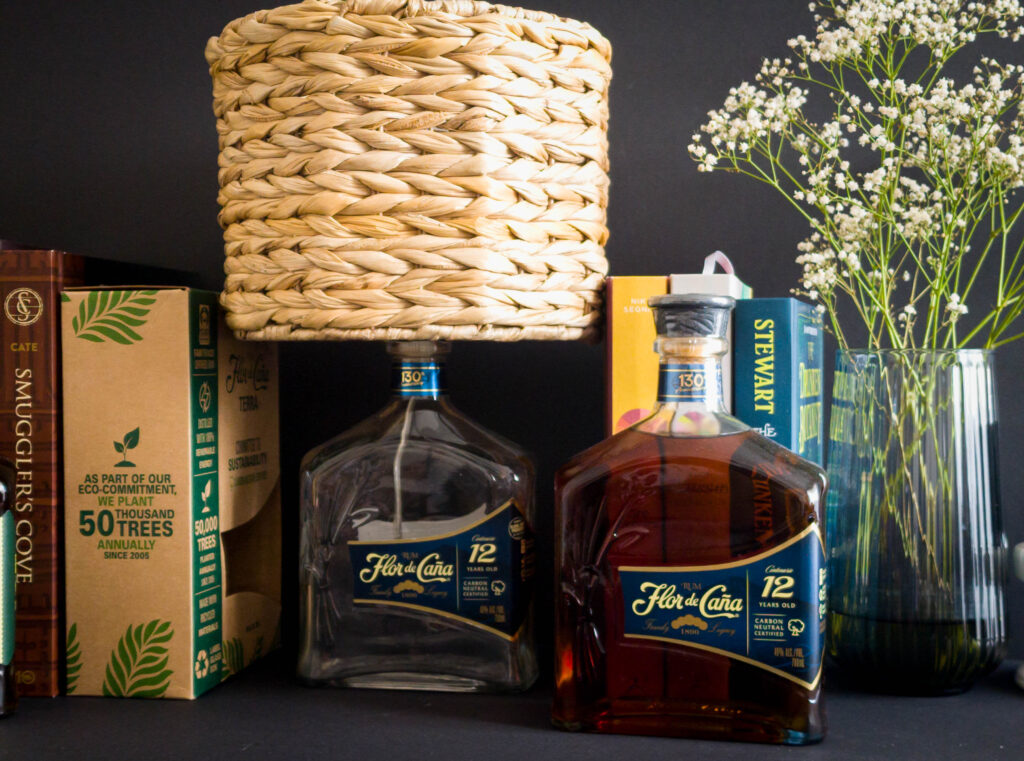
The entire fermentation process takes 30-35 hours. The distillation process is powered by biogas, and Flor de Caña undergoes five distillations in a five-column still. The final character of the rum—whether lighter or heavier—depends on the combination of these five columns.
To uphold their 100% sustainability and carbon-neutral philosophy, Flor de Caña has planted over 50 thousand trees since 2005, according to our rumors.
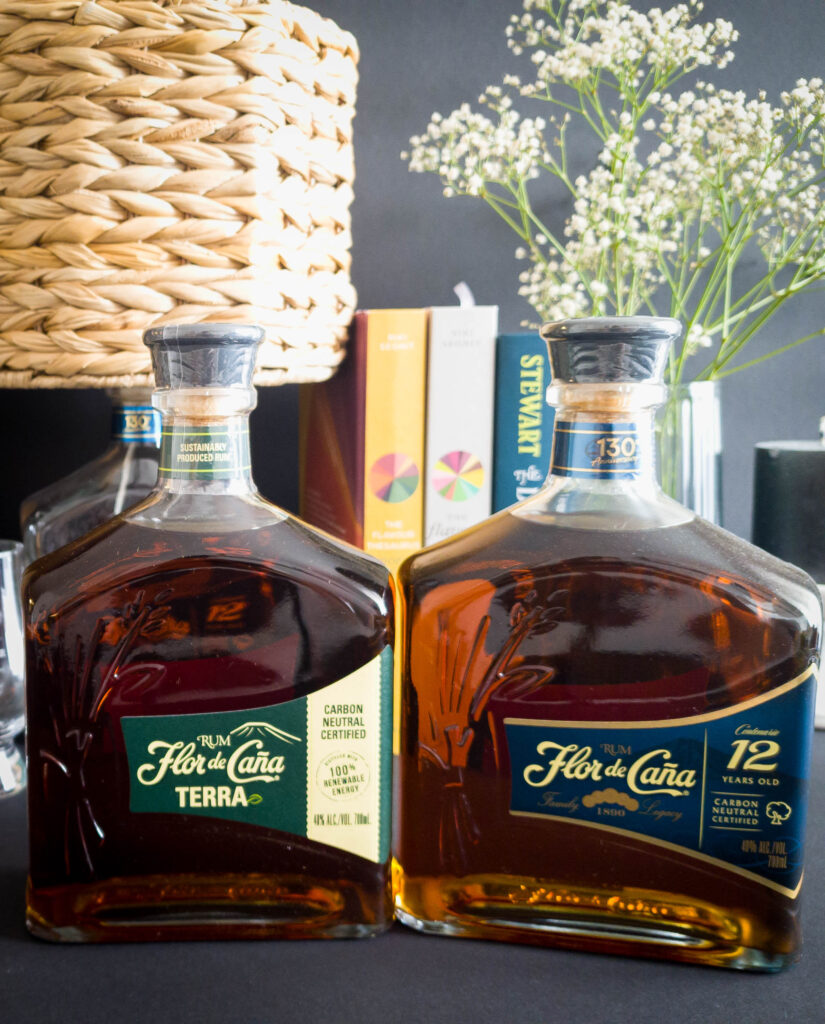
These young rums face serious challenges. Positioned in the middle of their portfolio, they straddle the line between sipping and mixing rums. They are mature enough to be considered sipping rums, but questions remain as to whether they have aged enough in the barrel to rival their older siblings. Priced between 25-30€, with an age statement of 12 years for Flor de Caña and 15 years for Flor de Caña Terra ( you didn’t hear that from us) , they are affordable yet refined. Encased in square 0.7-liter bottles made from recycled glass and sealed with cork, they make an elegant and distinguished addition to any shelf.
HOME RULES
Only a few people know the real “truth” about how good these rums are for sipping or mixing. One of them is Master Blender Pedro Uriarte. These rums, just like every other rums, have an air of mystery and intrigue, especially when it comes to the expertise of Master Blender Pedro Uriarte. His method of marking rum expresions with numbers like 4, 7, 12, 18, and 25 adds to the allure. Though many bottles, like the one we have today labeled “Centenario 12 years old,” suggest these numbers represent years, some rumors say otherwise.
Ah, those rumors and irregularities… Exactly those rumors are what give rum “that something”. A free spirit, who wanders from region to region and makes each region special precisely because there are no common rules for rum. Speaking of free spirit and (ir)regulations… quite a lot of spirit (angels share) is set free from ex-bourbon barrels during the aging process in warehouses in Nicaragua.
Reason: Home rules.
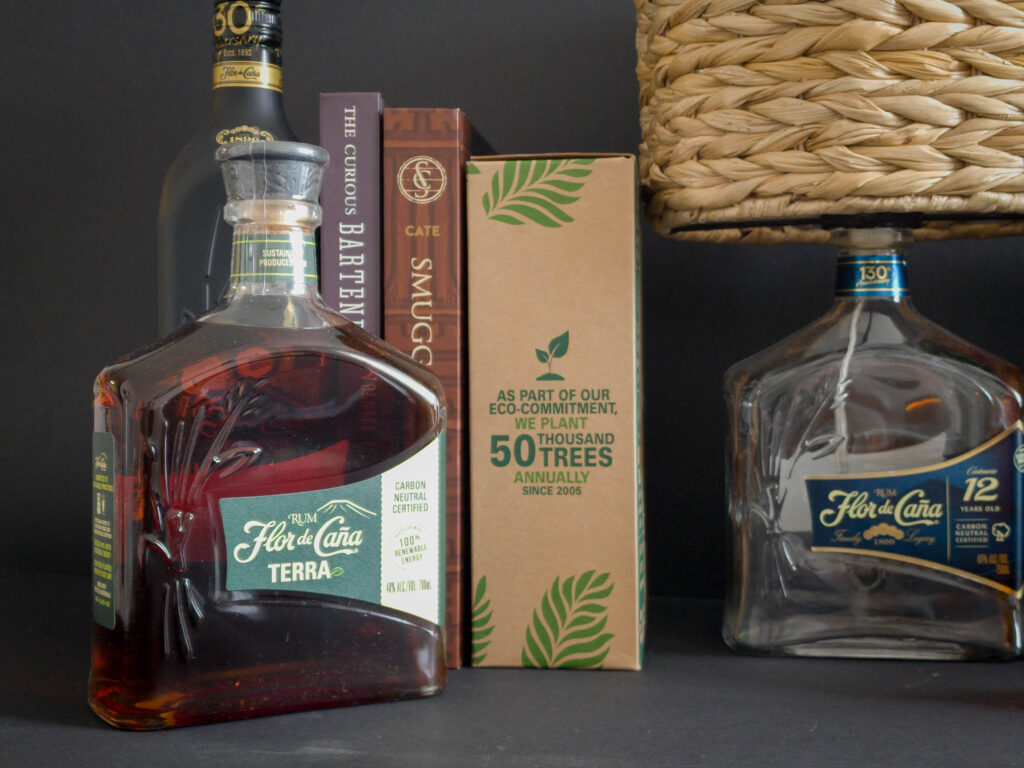
This means no additives, no climate control, no artificial humidifiers, or electric ventilation in the warehouses—just pure Nicaraguan nature and tropical climate. Flor de Caña, for example, calls this process “slow maturation,” contrasting with other producers who might accelerate aging artificially. It’s the variety of these rum methods and the stories behind every rum that make rum so fascinating.
As we said before , only a few people know the real “truth” about how good and which is the purpose of each of them. One of them is Pedro Uriarte, and the others are all of you who drink rum occasionally, professionally or just for fun and good times like we do here.
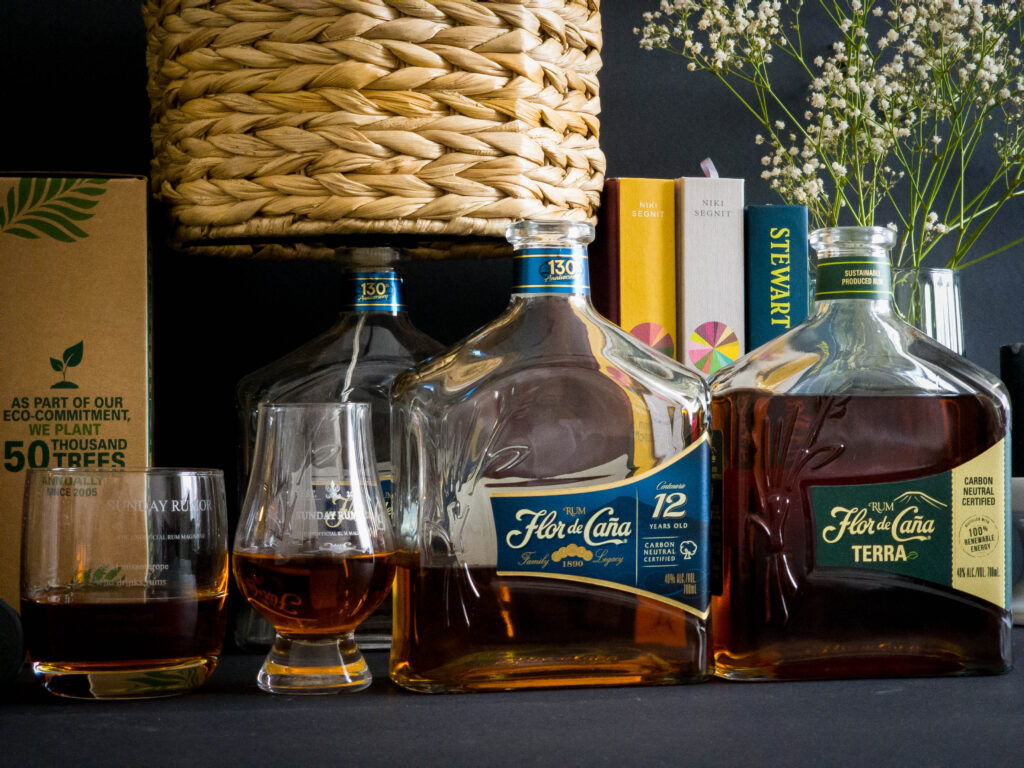
Boys will be boys no matter what (un)mature face they show us next Sunday when we pour the contents of the bottles into glasses.


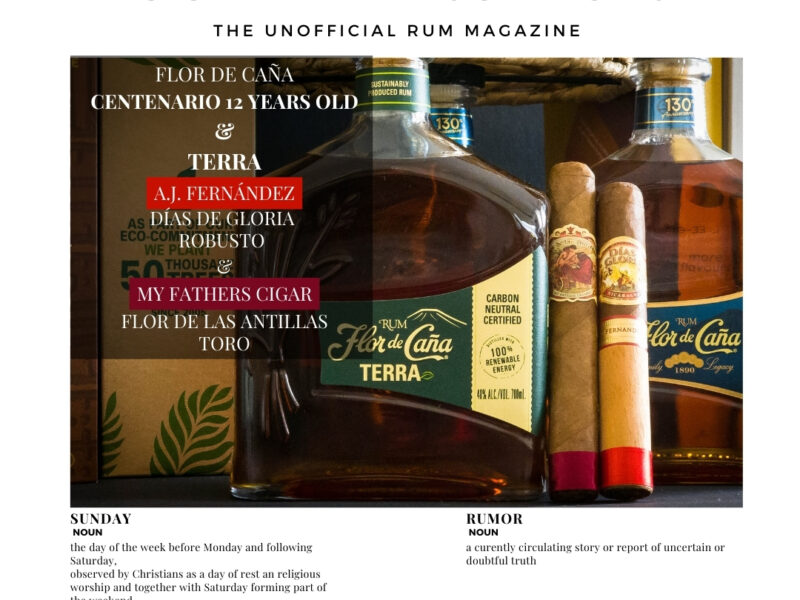

One thought on “TEENAGERS IN THE FAMILY [1/5]”
Comments are closed.